The term “larva” is currently used for all immatures that are not eggs, pupae, or adults. When larva is used in this comprehensive sense, the subcategories include exopterygote larva (for Hemimetabola, which have the wingpads developing externally) and endopterygote larva (for Holometabola, which have the wings developing internally as histoblasts in the larva, becoming external wingpads in the pupal stage).
Larvae occur in a great diversity of sizes, shapes, and colors. Colorful ones almost always live in exposed habitats where their colors and shapes offer cryptic concealment or where their bright colors and spines warn potential predators that they are not to be eaten. Larvae that live in concealed habitats are nearly always combinations of white, gray, black, or brown.
Instar has been conventionally defined as the stage the larva is in between molts. Stadium is defined as the interval of time between molts. Others contend that the instar is properly defined as the stage the larva is in between apolysis (separation of the old cuticle) and the molt to the next stage, and a pharate (next-stage) larva would be present before the next molt.
There are some general terms used for types of holometabolous larvae that have broad usage. Campodeiform larvae (Fig. 1) are somewhat flattened and have an elongate body, thoracic legs that are well developed, a head that is directed forward, no abdominal prolegs, and antennae and cerci that are usually conspicuous. This larval type is common in the Coleoptera (beetles), Megaloptera (dobsonflies and
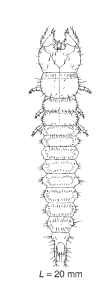
FIGURE 1 A campodeiform ground beetle larva, Harpalus (Carabidae).
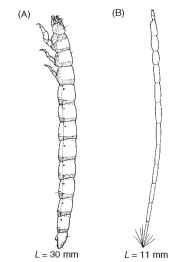
FIGURE 2 (A) A heavily sclerotized elateriform larva (lateral). (B) An elongate, legless, vermiform “wormlike” larva.
fishflies), Neuroptera (lacewings and antlions), and Raphidioptera (snakeflies).
Elateriform larvae (Fig. 2A) are somewhat similar to campodei-form larvae, but their body is more elongate, subcylindrical, and more heavily sclerotized. This type is common in the Elateridae (click beetles) and other Coleoptera.
Scarabaeiform larvae (Fig. 3) have a C-shaped, whitish body, a dark head, and well-developed thoracic legs. White grubs (Coleoptera: Scarabaeidae) are the best example.
Eruciform larvae are caterpillar-like and have a cylindrical body and well-developed thoracic legs, and prolegs are present. This type is common in the Lepidoptera (butterflies and moths), Mecoptera (scorpionflies), and Hymenoptera (sawflies only).
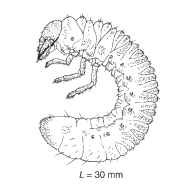
FIGURE 3 A C-shaped scarabaeiform larva, Phyllophaga (lateral).
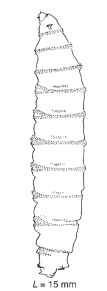
FIGURE 4 A legless, peg-shaped maggot of the higher flies.
Vermiform larvae (Fig. 2B) are “wormlike.” This is an ill-defined term, but it is generally applied to an elongate, legless larva with or without a conspicuous head. Maggots (Fig. 4) are the larvae of higher Diptera. Their shape is peg-like and tapering toward the anterior end. They are legless, have a greatly reduced head (no head capsule), and have conspicuous mouthhook(s). The posterior end bears a pair of conspicuous spiracles.
Grub (Fig. 5) is an imprecise term that is often applied to ” comma-shaped” larvae with or without legs or having greatly reduced legs. This term is commonly applied to weevil larvae and other Coleoptera larvae and to many larvae of the higher Hymenoptera (ants, bees, and wasps) that often have reduced or inconspicuous heads and appendages.
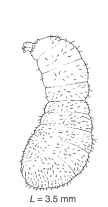
FIGURE 5 A baglike ant larva. It and other similar larvae are commonly called “grubs.”
Larva (Insects)
Next post: Learning (Insects)
Previous post: Legs (Insects)
